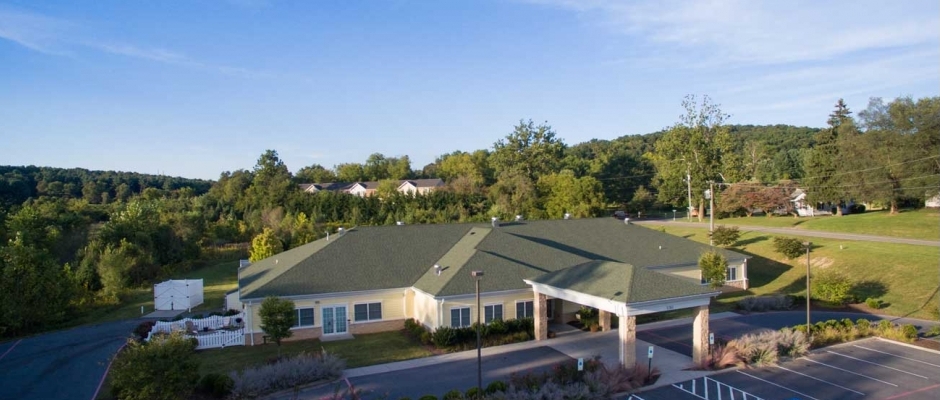Generations Crossing is an intergenerational day care center — founded on the principle that interaction and shared activities between older adults and young children provide lasting benefits for both. Centers such as these provide day activities, care and companionship for older adults, and care and age-appropriate developmental and educational activities for children, and they offer unique opportunities for the development and enrichment of elders and children alike.
They require careful planning, however, in order to effectively combine spaces that meet very different needs (for children of different ages, for older adults, and for interaction among the groups) and that are governed by distinct regulatory guidelines. Intergenerational day care centers that are able to design and build their own facilities from the ground up have much better success in meeting the needs of all the groups they serve. That’s why the board and staff of Generations Crossing worked hard for years to develop the resources to build their own center. In 2008, they asked Mather Architects to help them realize their vision.
We were excited to take on the challenge of creating one facility that could meet so many needs and serve so many functions. Our first step was to ensure that we accommodated all of the applicable regulatory codes and guidelines: the Virginia Building Code, Virginia Guidelines for Daycare Facilities, Americans with Disabilities Act, and Virginia Guidelines for Assisted Living. Next, we turned our attention to the users of the different spaces. It was clear, for example, that the area dedicated to the older adults needed to be significantly different from the other areas. Though older adults benefit from interaction with children, the intergenerational care model specifies that even when they require care, assistance and oversight, the needs of older adults are wholly distinct from the needs of children. Elders’ psychological well-being requires an environment designed for adults.
We created a large common room devoted to the older adults that allowed for multiple activities to take place at once without distracting from each other, including space for quiet time alone. The areas dedicated to child care were each customized to the needs of the specific age group, and each one has an entire wall lined with a two-way mirror so that visiting parents can observe their children without disrupting them — or reassure themselves that a child’s protests at dropoff time were soon forgotten. The adult areas and the child areas are separate enough that the adults can pursue their own activities without being distracted by noise from the child care rooms — but connected by a large common area where elders and children could meet for shared activities.
The result is an integrated facility with spaces that serve the particular needs of each age group, but also fosters the enjoyment and enrichment to be had when the groups interact. The generations regularly meet for games, crafts, singalongs and just to chat and get to know each other. And the wait list for both the adult care and the child care programs is one of the longest in town — a testament to the success of intergenerational care provided in a purpose-built facility.

